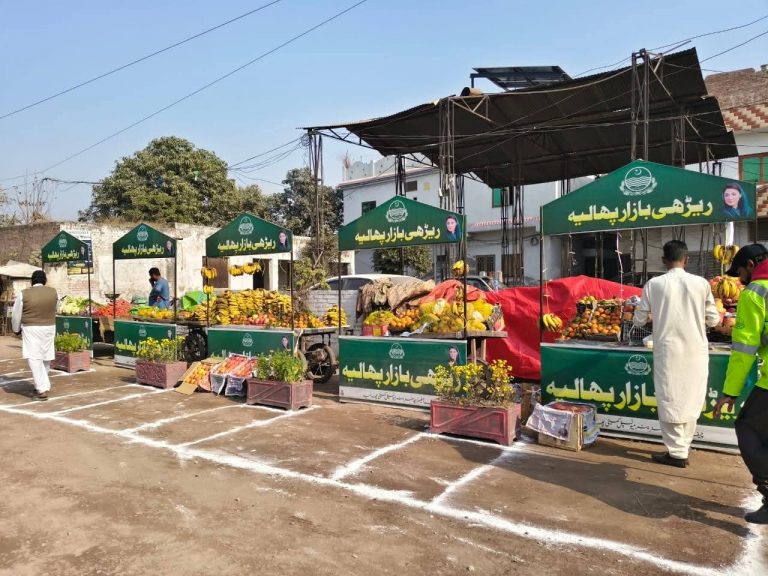
By Mian Iftikhar Ahmad
The continuous rise in electricity and gas prices in Pakistan has become a serious challenge for the country’s economy. The increasing cost of energy is not only affecting the daily lives of citizens but also leaving deep negative impacts on the industrial, commercial, and agricultural sectors. Governments often raise energy tariffs under pressure from the IMF, to manage circular debt or to reduce fiscal deficits, but the outcome is further economic slowdown and stagnation. The rise in energy prices increases the cost of production, causing export-oriented industries to lose competitiveness in international markets. Textile, garments, and small-scale industries are among the worst affected. When production costs rise, international buyers prefer cheaper products from other countries, leading to a decline in exports and an increase in the trade deficit. Industrial units face high electricity and gas bills along with unscheduled load-shedding, forcing many factories to shut down and resulting in rising unemployment. On the other hand, the general public is also suffering. Household electricity and gas bills consume a major portion of monthly income, leaving little for education, healthcare, and other basic needs. As energy prices rise, transportation, agricultural production, food items, and small businesses all become more expensive, worsening inflation. The farming community is under heavy pressure as well because energy is essential for tube wells, fertilizers, and agricultural machinery. When electricity and gas prices rise, the cost of production and transportation of crops increases, leading to higher food prices and creating another wave of inflation. Unstable energy pricing has also created uncertainty in the investment environment. Foreign investors are discouraged by high energy costs and inconsistent government policies, leading to a decline in foreign direct investment. The rising cost of doing business has reduced the tendency to establish new industries within the country. Poor planning, line losses, theft, and outdated infrastructure have further worsened the circular debt crisis, while the government continues to rely on tariff hikes as a temporary measure. This approach provides short-term relief but no sustainable solution. If Pakistan truly wants to strengthen its economy, it must shift towards renewable energy sources such as solar, wind, and hydropower. These sources are not only cheaper but also environmentally sustainable. By involving the private sector, introducing modern technology, and implementing long-term energy policies, Pakistan can overcome its energy crisis. The fact remains that the continuous increase in electricity and gas prices is not stabilizing the economy—it is fueling inflation, discouraging investment, and burdening the common citizen. The government must focus on structural reforms in the energy sector instead of frequent tariff hikes to build a sustainable economic foundation and provide genuine relief to the people.





